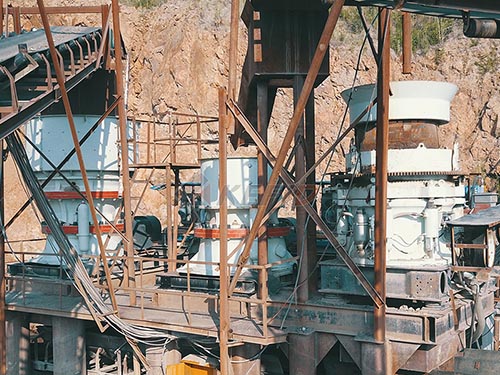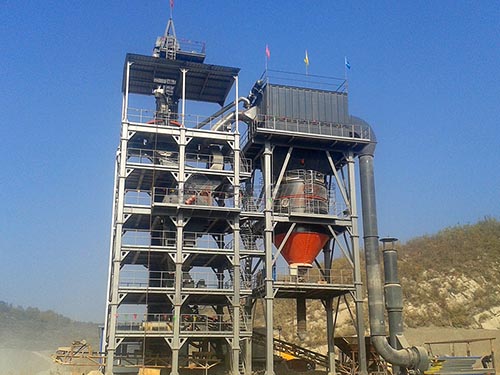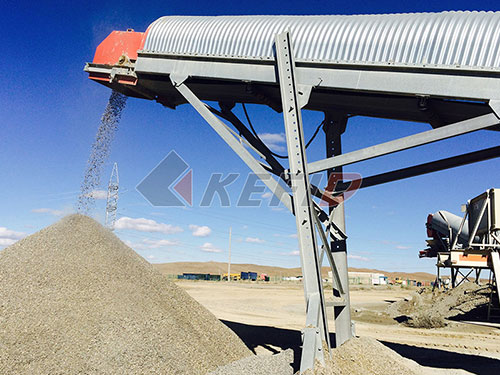The Rotary Stone Crushing Bucket: Revolutionizing On-Site Material Processing
In the demanding world of construction, demolition, mining, and quarrying, efficiency and cost-effectiveness are paramount. Traditional methods of processing hard materials like rock and concrete often involve multiple steps: excavation, loading, transportation to a stationary crusher plant, crushing itself (often requiring primary and secondary stages), and then transporting the processed material back to the site for reuse or disposal. This process is inherently time-consuming, logistically complex, expensive due to fuel and haulage costs, and environmentally taxing through increased emissions and landfill use.
Enter the Rotary Stone Crushing Bucket – an ingenious attachment transforming excavators into powerful mobile crushing plants directly at the point of extraction or demolition. This innovative technology represents a significant leap forward in on-site material management.
How It Works: Power Meets Precision
Mounted onto standard excavator arms (typically ranging from 20-tonne machines upwards), the rotary crushing bucket leverages the hydraulic power of its host machine. Its core mechanism features:

1. Robust Rotor: A high-torque rotor equipped with hardened steel teeth spins at high speed within the crushing chamber.
2. Crushing Chamber: Material fed into the bucket enters this chamber where it encounters the spinning rotor teeth.
3. Adjustable Output Grid: An adjustable grid at the rear dictates the final output size (gradation curve). Operators can easily set desired particle sizes on-site without tools.
4. Hydraulic Drive: The excavator’s hydraulic flow powers the rotor motor directly via quick coupler hoses.
The process is remarkably simple yet effective:
1. The operator scoops material (rock chunks, concrete slabs) using the bucket like a standard digging bucket.
2. Once loaded (or during loading), they activate the rotor via a simple control switch inside the excavator cab.
3. The spinning rotor crushes and grinds the material against itself and the chamber walls.
4. Crushed material smaller than the grid size exits continuously through openings at the rear while larger pieces remain circulating until reduced sufficiently.
5. The operator then deposits precisely sized aggregate directly where needed – into trucks for removal or onto stockpiles for immediate reuse as base material or fill.

Unlocking Tangible Value On-Site
The advantages of deploying a rotary stone crushing bucket are compelling:
1. Dramatic Cost Reduction: Eliminates multiple costly steps:
Transportation Savings: No need

Leave a Reply